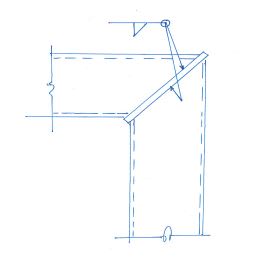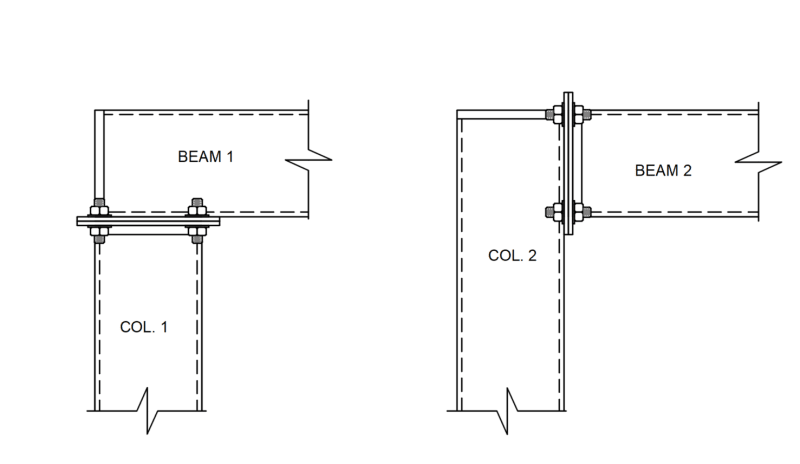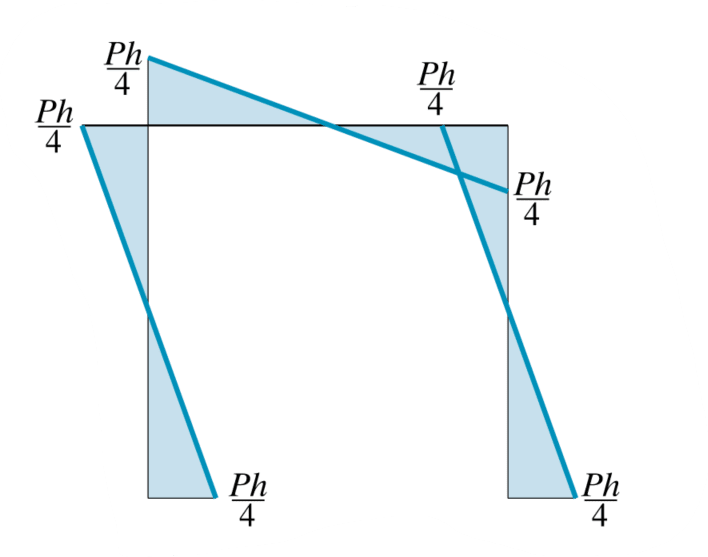StrEng007, a few follow up comments to your last post:
[ul]
[li]Just me being picky, but words matter - we're talking about bolts here not
anchor bolts[/li]
[li]Bolt forces will not be the same. Depending on geometry, you might have similar reactions in the bolts due to the bending moment. But, I'm assuming there is other load transfer at this joint and axial/shear transfer will be very different in the (2) arrangements.[/li]
[li]If this is a (4) sided frame I can appreciate that shop assembly is not possible. What about shop assembling (2) of the sides and bolting the other sides on site? This would simplify the connections[/li]
[li]If aesthetics aren't a concern your best best is to provide bolted connections. They will be ugly (according to architects, I like the look of a big bolted connection).[/li]
[li]Neither of your (2) bolted options will work because you have HSS from both directions. The plates and bolts will foul each other. If you shop weld (2) of the sides I think the beam framing into the side of the column option is back in play.[/li]
[li]See below suggestion. Shop welded stubs are very helpful in this situation to get your bolts away from each other. You get the pre-coffee version of my sketch, apologies for the sloppiness. Keep in mind that when you use the shop welded stubs you're doubling your connections with a shop welded connection and bolted connection for each member end ($$). Use this sparingly.[/li]
[/ul]




